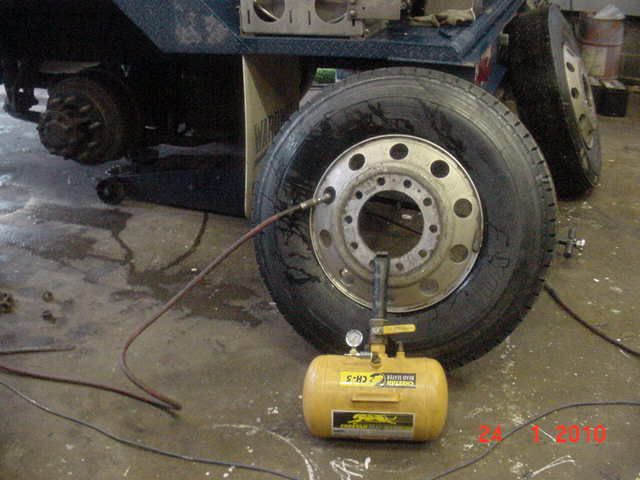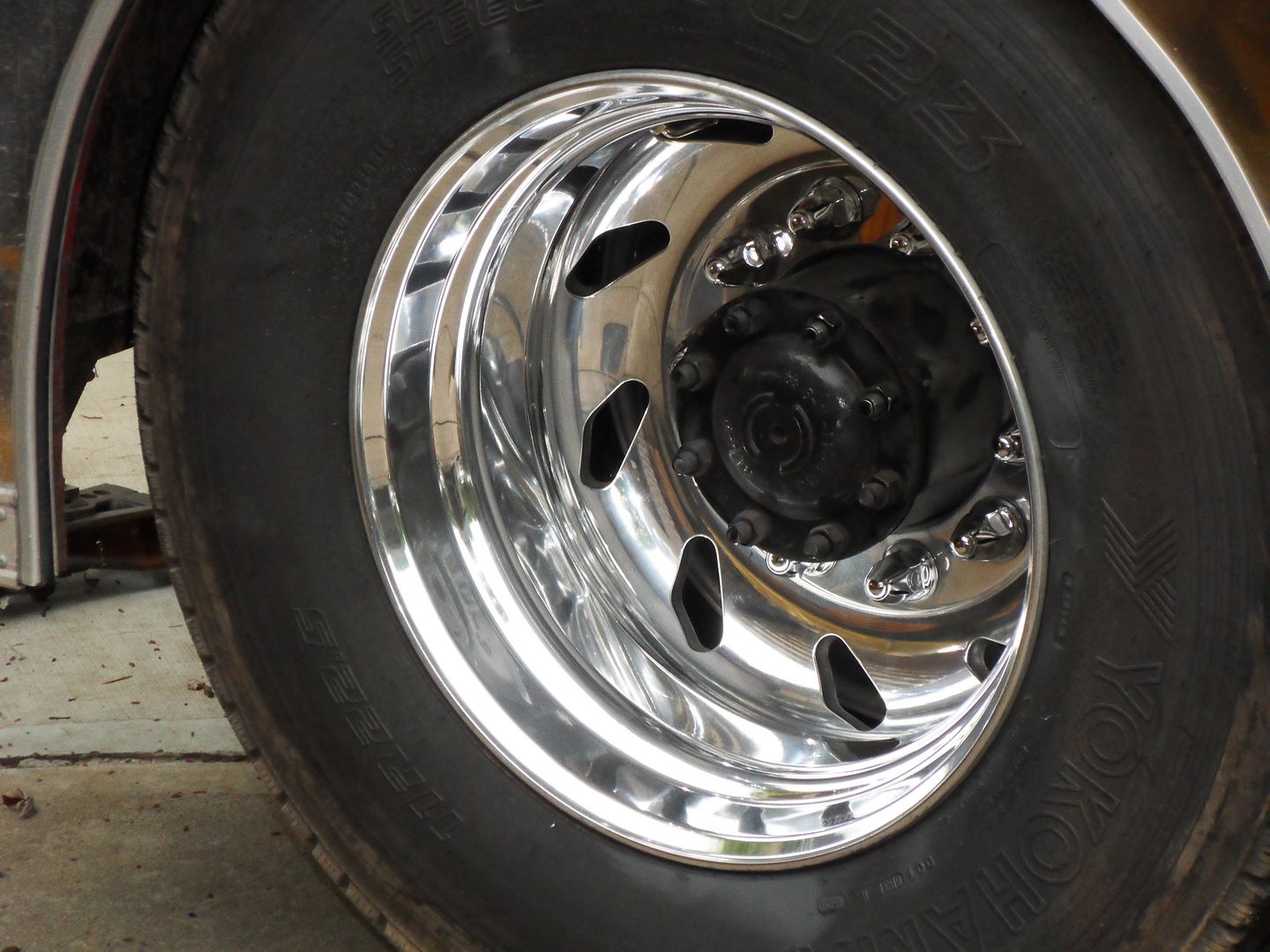I generally set the tire pressures to what the door sticker says.
I set the tire pressure to 42 on the tires on our GT mustang because that is what the tire sidewall said and I was lazy and didn't want to get up and look at the door sticker.
It rode rough and stiff. Looked at door sticker and it said 32. So I lowered to 32 and it made it a much better ride.
I have done a lot of trailer towing, 26' 40' 49' enclosed race trailers and open car trailers.
I learned a long time ago to over fill trailer tires by 10psi over what the tire sidewall says. It keeps the tire cooler.
I also maintain a fleet of trucks since 1983. I just aired truck tires a few minutes ago as I am at work now.
Check out this service bulletin pertaining to trailer tires. 10psi over does no harm and helps a lot to prevent trailer tire blow outs at speeds above 65 mph. Who doesn't drive over 65 especially out west.
https://www.tirerack.com/images/tires/goodyear/Marathon_Special_Trailer_Applications.pdf
When out on the road with trailers, every morning there was pre trip inspection done without fail. That included checking all tire pressures when they are cold. It has saved me lot's of money and time. Cost me a few minutes of time every morning better than wasting time on the side of the highway changing tires not to mention the damage that occurs when a tire blows out.



